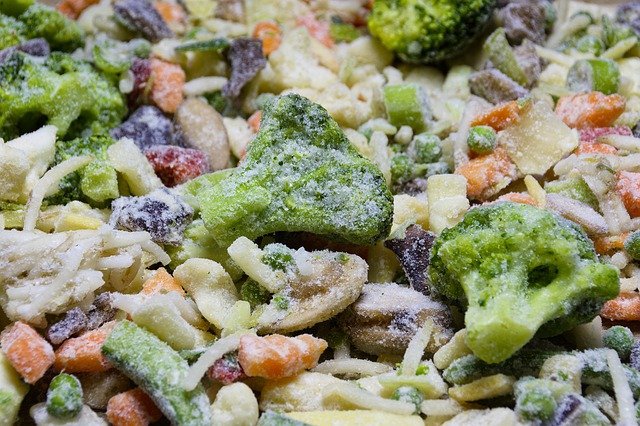Most of us have thrown out food nearing its use by date without realising it could be frozen. Freezing of food delays the growth of microorganisms and enzymes that cause food spoilage. Most of frozen food should be used within 6 to 9 months to preserve their texture and flavour.
Tips to make freezer storage simple
- Food should be at room temperature before freezing, hot food will defrost the rest of the freezer.
- Store the newest food packages at the back or bottom of the freezer so the older one can get used first.
- Label and date the content of your packages to help you identify and know how long it’s been in the freezer.
- Don’t over fill the containers/freezing bags right to the top as food will expand once frozen.
- Wrap food tightly particularly meat to prevent freezer burn.
- Defrost food in the fridge rather than at room temperature.
- Freezing containers are handy, but you can fit more in with freezer bags, as they’ll take on the shape of what you’re freezing and take up less room.
Easy freezing fixes
- Freeze bags/containers of mixed fruit such as berries, kiwis, bananas, mangoes or peaches, make sure all fruits are washed well before freezing them. These can be used from frozen to make smoothies.

- Use ice cubes trays to freeze small portions of liquids and sauces, such as pesto, eggs by beating the yolks and whites together, then freeze. Use straight from tray.
- Do a meal prep for a busy week ahead, by cooking stews, pasta sauces or casseroles and freeze them. Or wash and cut all your freezable vegetables and cook them in 5 minutes when you get home.
Foods not to freeze
- Don’t freeze eggs in the shell (they will crack the shell ) or hard cooked eggs (will become tough and rubbery) as and instead beat yolks and whites together, then freeze.
- Sour cream (separates when frozen & thawed), heavy/whipping cream (won’t whip after freezing), potatoes (mushy if frozen raw and watery and tough if boiled).
- Creamy texture cheese such as cottage cheese will have grainy texture when frozen.
- Salad and vegetables used in salads as they will lose their crispness when frozen.
Do you know you could freeze
- Hard/uncreamed cheese: Grated hard cheese such as Cheddar can be frozen and used in baking etc.
- Bananas: Instead of throwing away over ripe bananas, peel, slice and freeze them. Blend to make banana smoothies or ice cream.
- Rice: rice can be frozen and thawed when needed.
- Grapes: Place grapes in a baking sheet and freeze, once frozen pop them in a bag and leave them in the freezer as use them as needed. You can use frozen grapes as ice cues in water or warm wine to cool them down without diluting the flavour.
- Sponge cakes: Wrap cooled sponge cakes in cling film and freeze up to three months.


